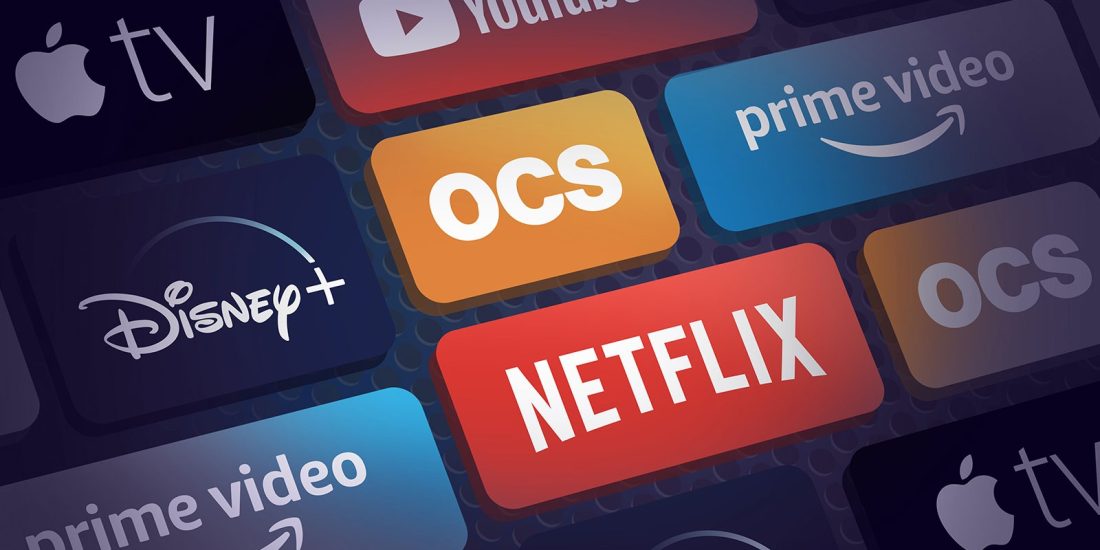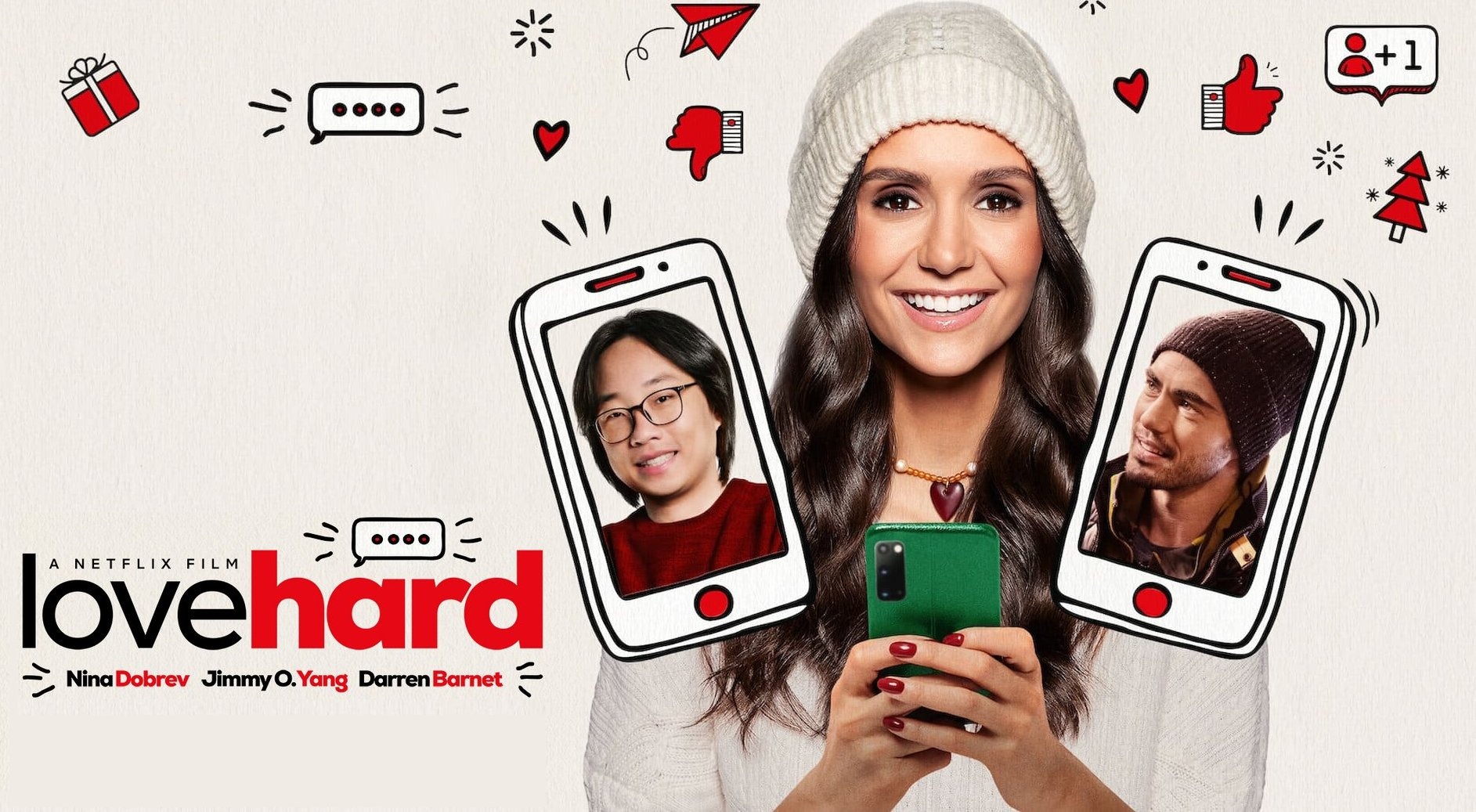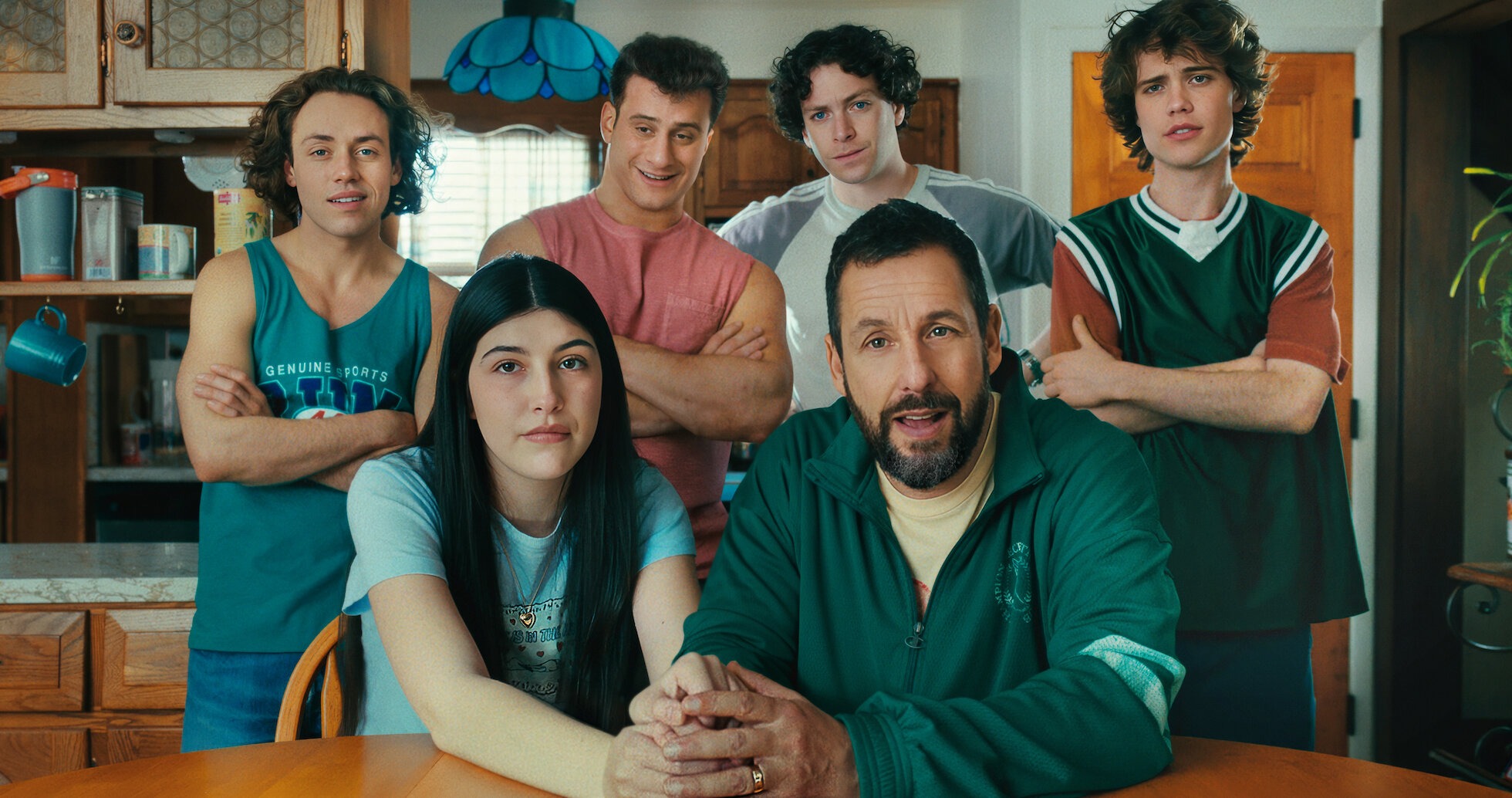A federal appeals panel has vacated FTC’s Click to Cancel rule, erasing a regulation that would have required companies to let users end subscriptions as easily as they start them.
On July 8, 2025, the U.S. Court of Appeals for the Eighth Circuit ruled that the Federal Trade Commission skipped a mandatory cost-benefit analysis, a “fatal” procedural error that voided the measure just six days before enforcement was to begin.
Under FTC’s Click to Cancel rule, firms such as Amazon, Disney+, Hulu and Max would have had to offer single-step online cancellation and obtain explicit consent before turning free trials into paid plans.
The agency drafted the rule after fielding nearly 70 subscription-related complaints every day in 2024, up from 42 daily in 2021. theguardian.com
Court Says FTC Cut Corners
The unanimous opinion noted that the FTC relied on an exemption meant for rules with an economic impact under $100 million—an estimate the judges found “plainly unreasonable.”
“Procedural deficiencies of the Commission’s rule-making process are fatal here,” the court wrote.
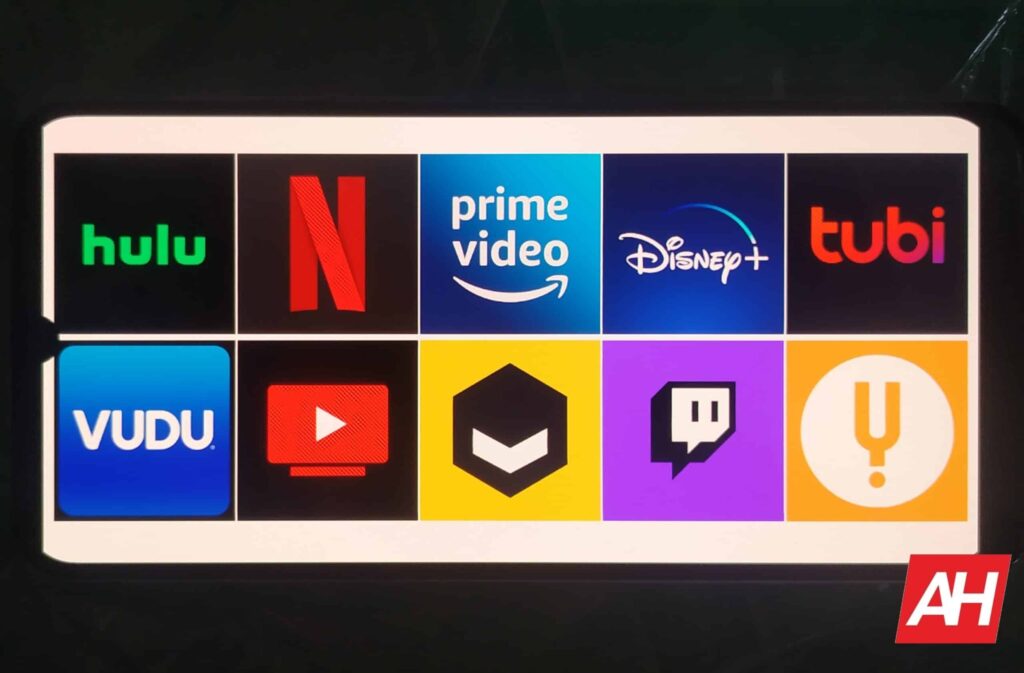
Had the FTC published an initial regulatory analysis, “regulated entities could have meaningfully influenced the final rule’s scope,” the panel added. news.bloomberglaw.com
How Consumers Would Have Benefited
- One-click exits: FTC’s Click to Cancel required a cancellation flow no more burdensome than sign-up. Amazon Prime’s current four-page, six-click process would have disappeared.
- Consent for auto-renewals: Merchants had to secure written agreement before converting trial periods into paid subscriptions.
- No obstructive offers: Discount pop-ups and retention hurdles could not impede immediate termination.
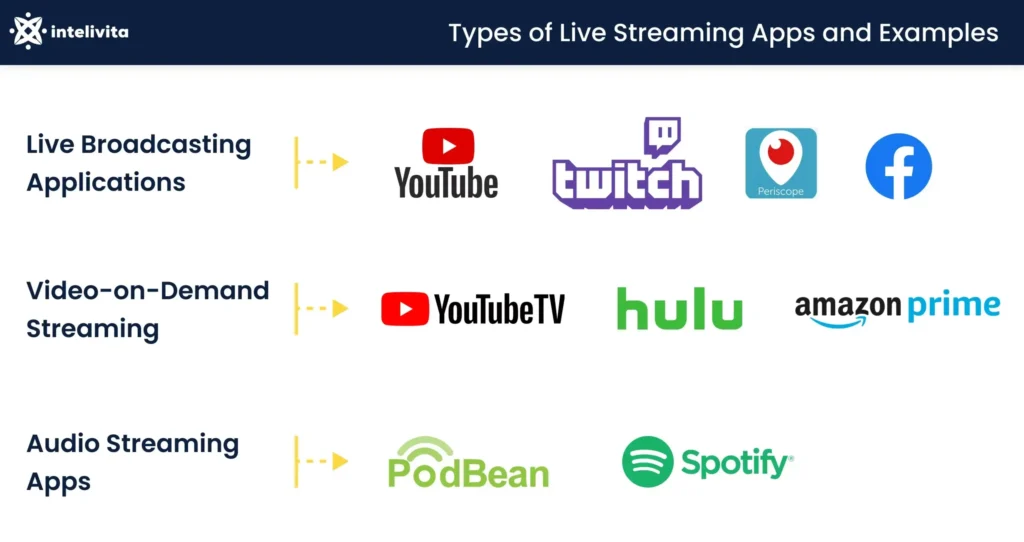
Consumer advocates say the ruling removes a powerful check on so-called “dark patterns.” “Companies have perfected the art of trapping people in subscriptions they no longer want,” Public Knowledge policy director Sara Collins argued, calling the decision “a setback for basic marketplace fairness.”
Industry Celebrates a Reprieve
Streaming and telecom trade groups applauded the outcome. The Motion Picture Association labeled FTC’s Click to Cancel “unworkable,” while an ISP coalition that led the lawsuit called the verdict “a victory for innovation and customer choice.” Fitness chains, newspaper publishers and meal-kit services—sectors reliant on negative-option billing—also breathed easier. athletechnews.com
Netflix struck a neutral tone: “Members can cancel at any time,” a spokesperson said, noting that its two-click web flow already exceeds the scuttled rule. Other platforms have signaled they will maintain existing procedures unless further legal changes occur.
Shifting FTC Priorities
The ruling lands amid a broader philosophical shift inside the agency. New chair Andrew Ferguson has dialed back some hard-line consumer-protection efforts championed by predecessor Lina Khan. While Ferguson voted against FTC’s Click to Cancel, he has kept active investigations into subscription marketing. Observers expect the commission to restart the rule-making process—but only after publishing the full economic study the court demanded.
Commissioner Mark Meador blamed the loss on “corner-cutting,” writing on X that “FTC’s Click to Cancel failed because staff ignored clear statutory steps.” theguardian.com
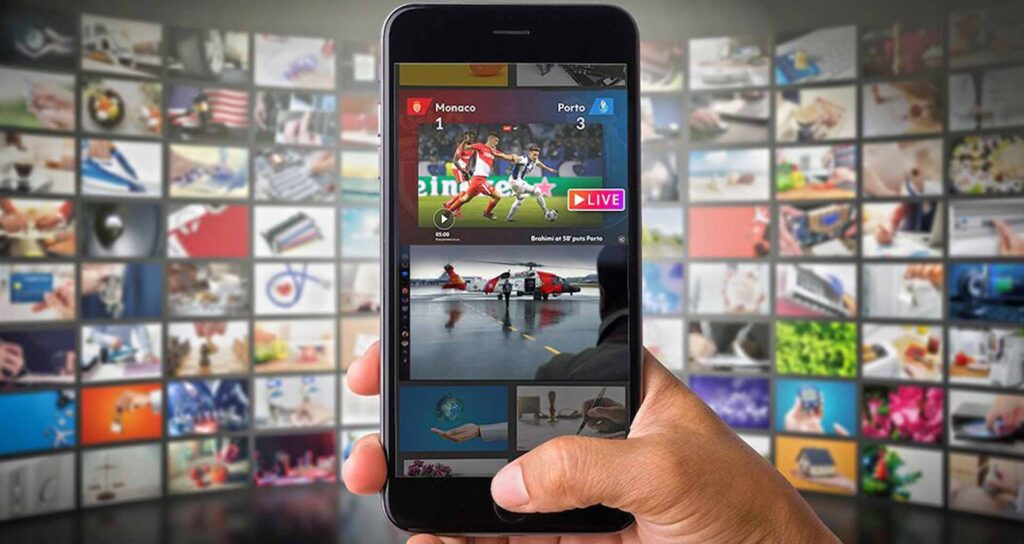
What Happens Next?
- New rule – round two: The FTC can reopen public comment, issue the missing preliminary analysis and draft a revised version of FTC’s Click to Cancel—a process likely to extend into 2026.
- State actions: New York and California already enforce their own easy-cancel laws. Expect additional states to consider copy-and-paste statutes while federal policy remains in limbo.
- Private litigation: Amazon still faces an FTC lawsuit alleging dark-pattern enrollment for Prime. Plaintiffs’ attorneys may cite the appeals ruling to question the agency’s broader authority, complicating the case.
- Voluntary reforms: Some companies may streamline exits anyway to pre-empt reputational damage—especially as AI chatbots and social media amplify consumer complaints.
Bottom Line
For now, the labyrinthine “call to cancel” or “chat to quit” journeys survive. Unless the FTC fixes its procedural missteps—or Congress steps in—FTC’s Click to Cancel remains a cautionary tale in administrative law rather than a shield for subscribers.

